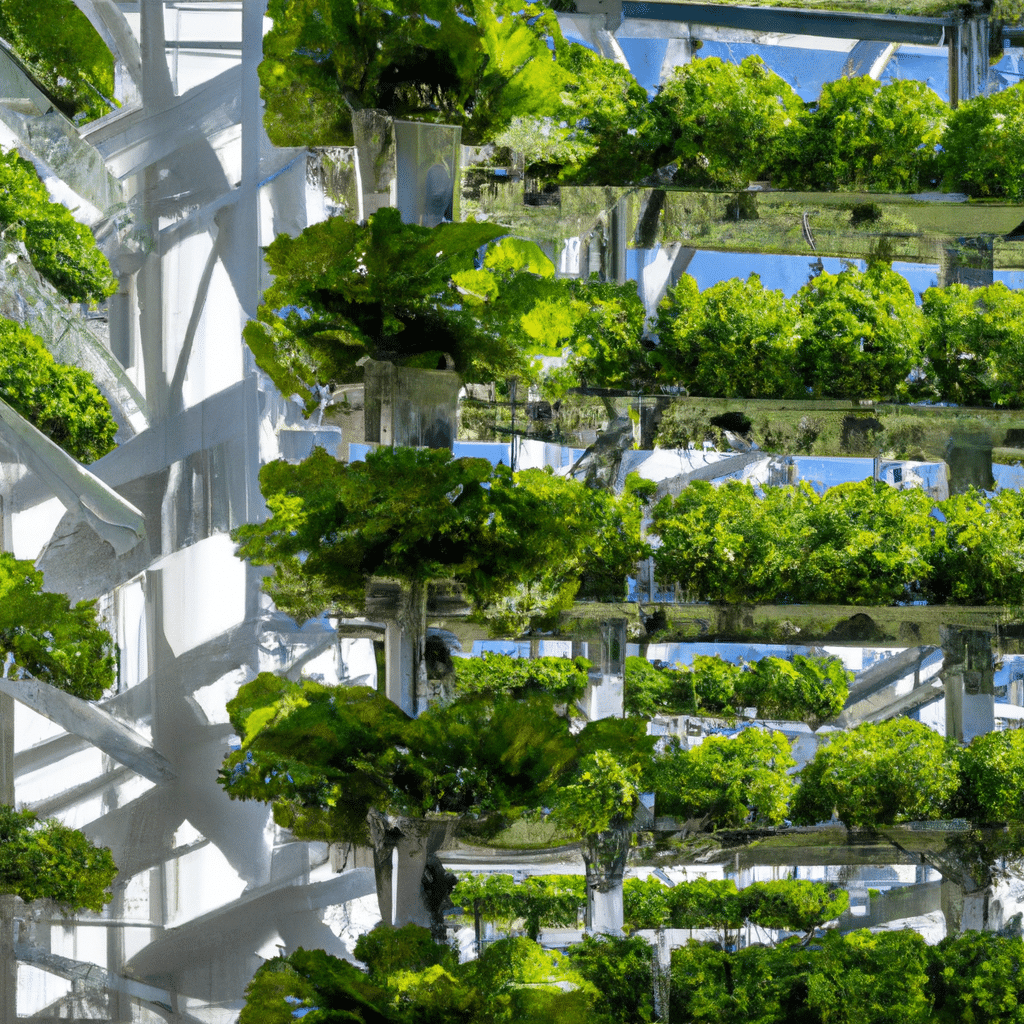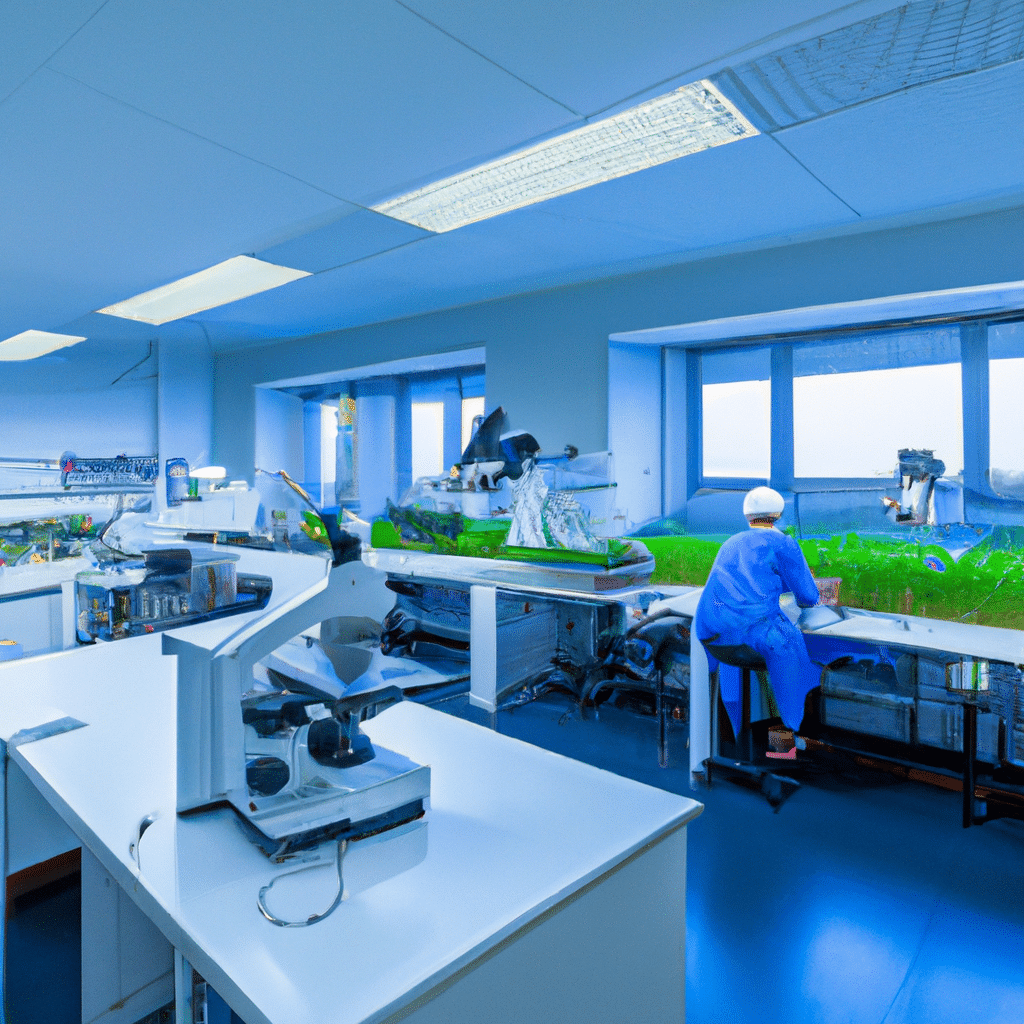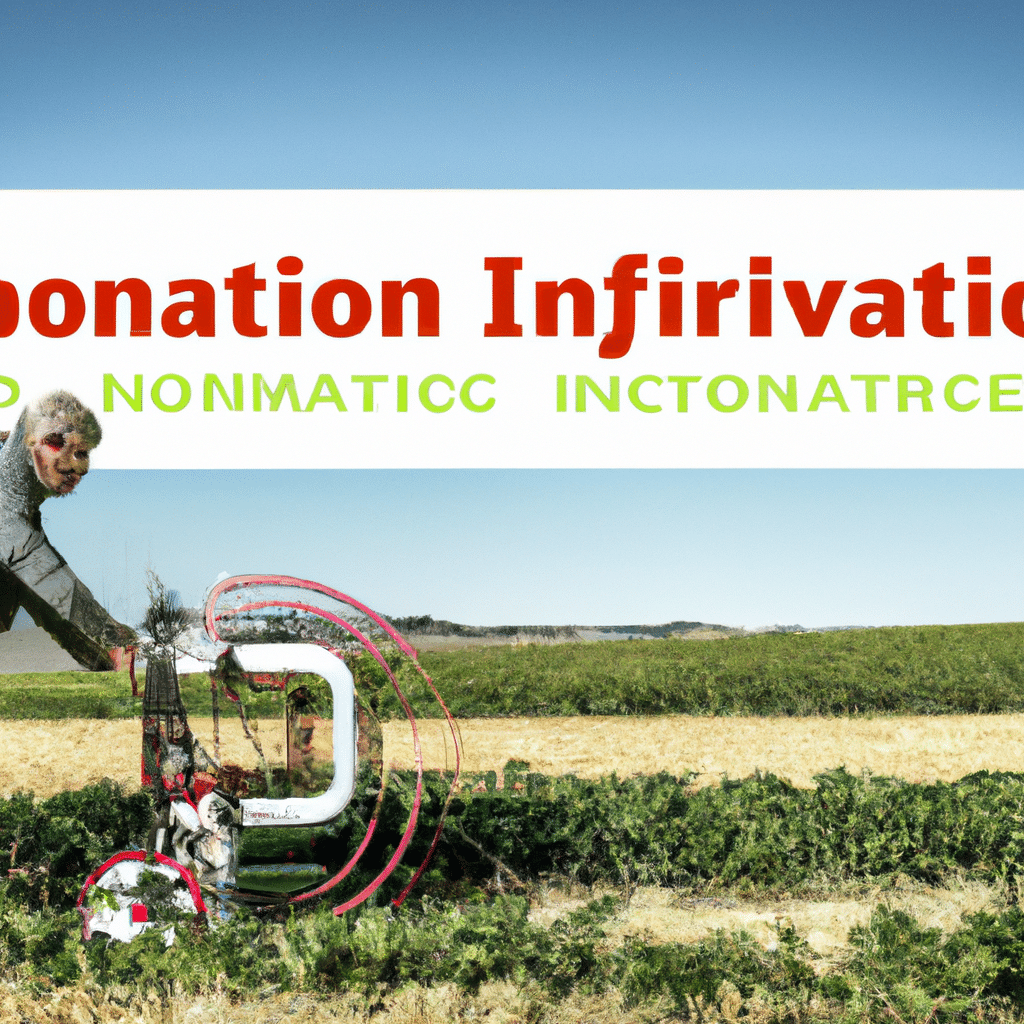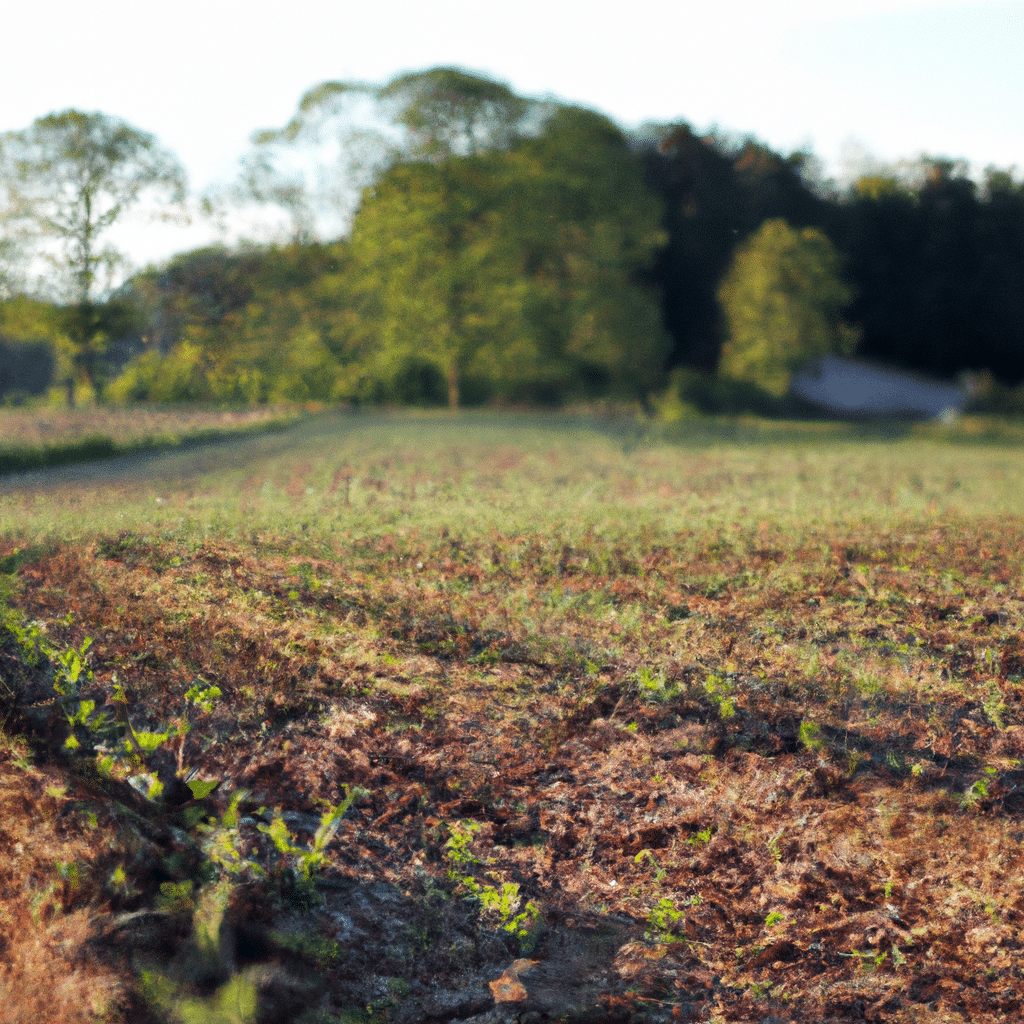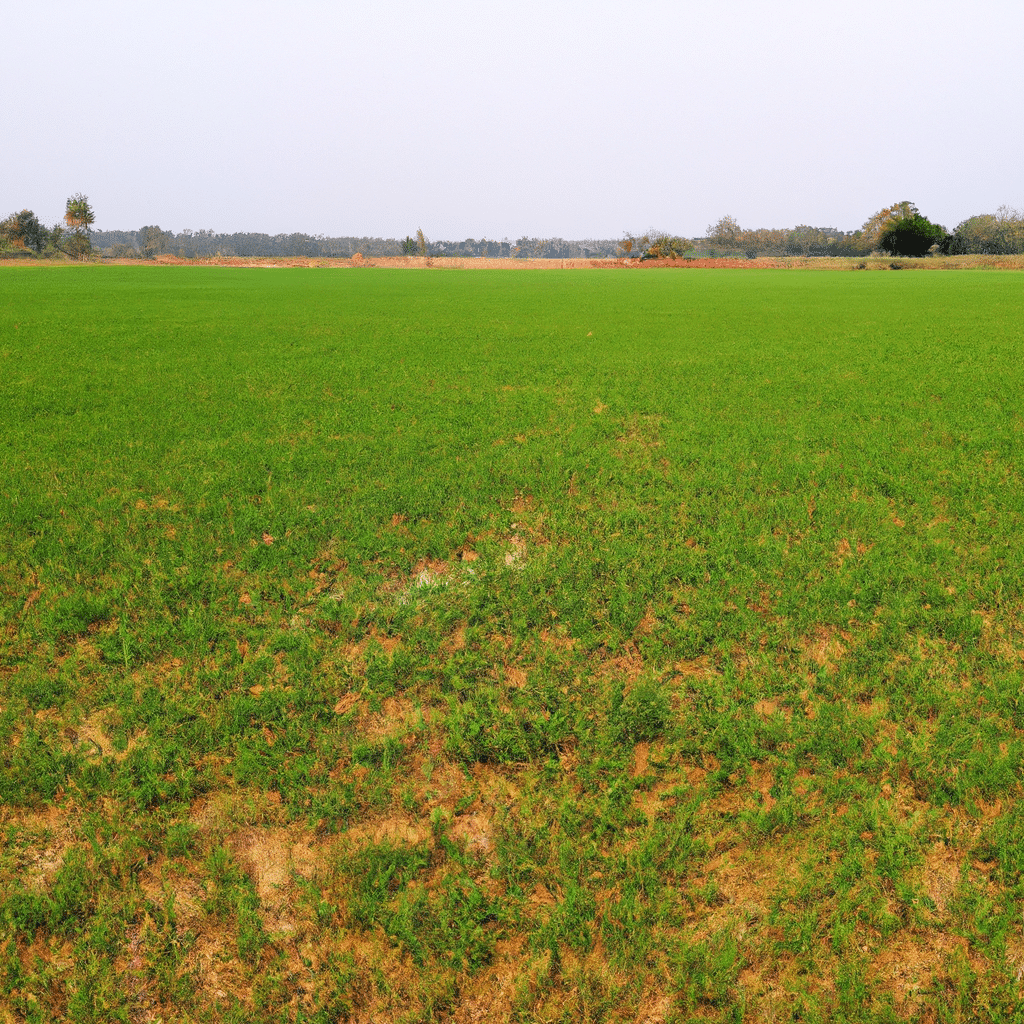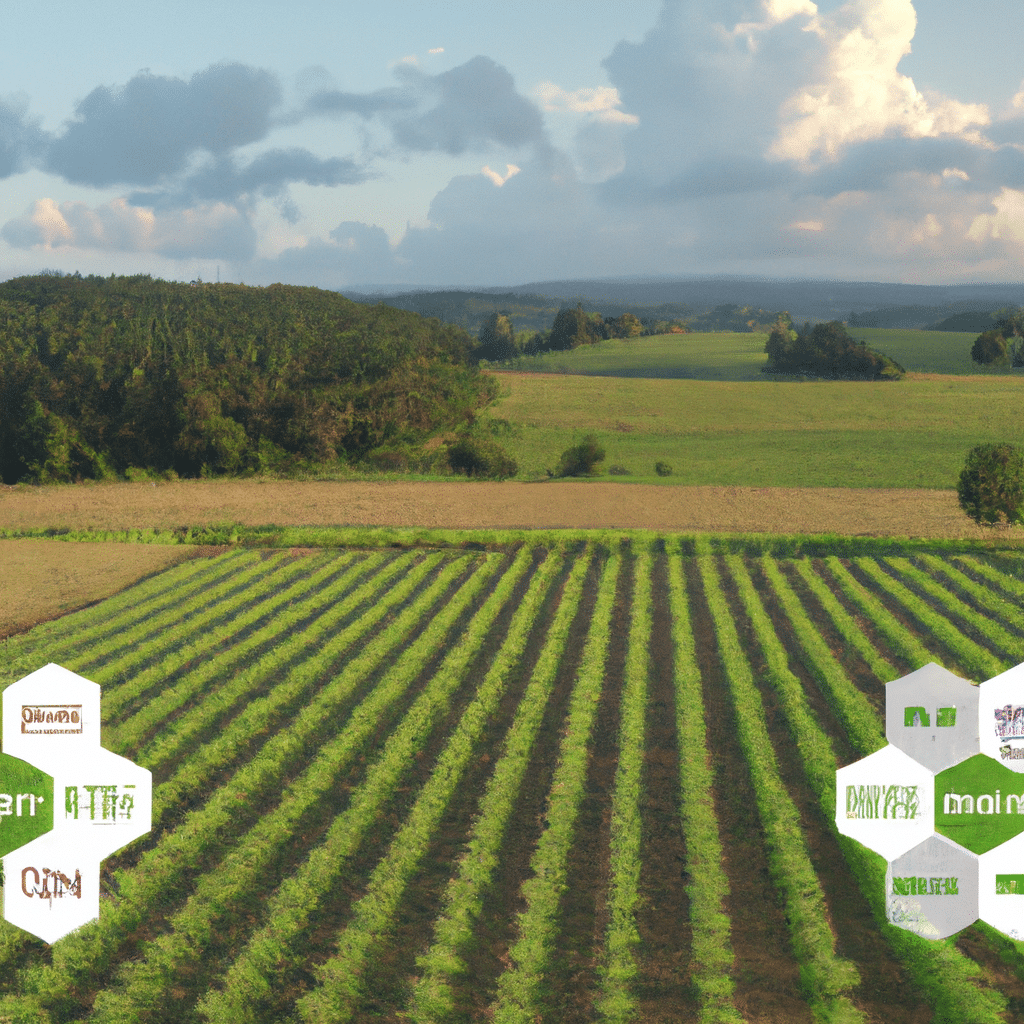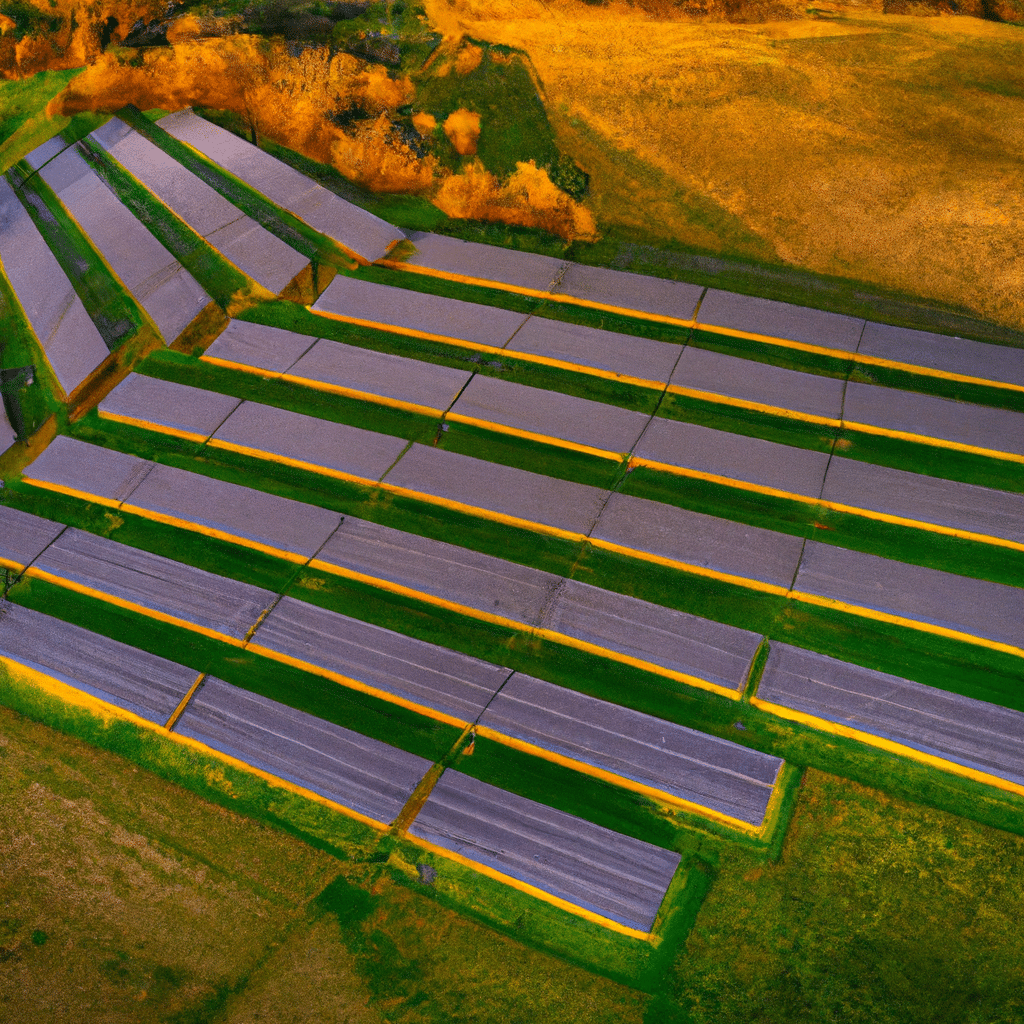As the world faces increasing challenges in food production, soil degradation, and environmental sustainability, it is crucial to explore innovative and sustainable approaches to farming. Regenerative agriculture has emerged as a promising solution that not only aims to enhance crop productivity but also seeks to restore and revitalize the health of the soil ecosystem. In this article, we delve into the potential of regenerative agriculture techniques and their impact on crop productivity and environmental conservation.
The Current State of Agriculture
Conventional agricultural practices have long relied on intensive chemical inputs, such as synthetic fertilizers and pesticides, to maximize crop yields. While these practices have led to short-term gains in productivity, they have also resulted in detrimental effects on the environment and soil health. Soil erosion, nutrient depletion, and loss of biodiversity are among the major consequences of conventional farming methods.
Understanding Regenerative Agriculture
Regenerative agriculture, on the other hand, takes a holistic and ecosystem-based approach to farming. It aims to restore and improve soil health, enhance biodiversity, and promote sustainable farming practices. By focusing on soil regeneration, regenerative agriculture works towards long-term resilience and productivity.
The Principles of Regenerative Agriculture
Regenerative agriculture is guided by several key principles that form the foundation of its practices:
- Minimal Soil Disturbance: Unlike conventional tillage methods that disrupt the soil structure, regenerative agriculture promotes reduced or no-till farming techniques. This helps maintain soil structure, preserve beneficial microorganisms, and minimize soil erosion.
- Cover Crops and Crop Rotation: Planting cover crops and implementing crop rotation not only helps control weeds and pests naturally but also improves soil fertility by fixing nitrogen and increasing organic matter content.
- Composting and Organic Amendments: The use of compost and organic amendments enriches the soil with essential nutrients, promotes microbial activity, and enhances soil water-holding capacity.
- Diversification and Agroforestry: Integrating diverse crops and agroforestry systems enhances biodiversity, provides natural pest control, and improves soil fertility through nitrogen fixation by leguminous trees.
- Water Management and Conservation: Efficient water management practices, such as precision irrigation and rainwater harvesting, reduce water wastage and ensure optimal use of this precious resource.
- Livestock Integration: Integrating livestock into the farming system allows for the recycling of nutrients, reduces waste, and enhances soil fertility through the natural grazing and manure deposition processes.
The Benefits of Regenerative Agriculture
Regenerative agriculture offers a multitude of benefits that go beyond crop productivity. Some of the key advantages include:
- Enhanced Soil Health: By promoting the regeneration of soil organic matter, regenerative agriculture improves soil structure, nutrient availability, and microbial diversity, leading to healthier and more resilient soils.
- Increased Crop Productivity: The focus on soil health and nutrient cycling in regenerative agriculture results in improved crop yields over time. Nutrient-rich soils provide plants with the necessary resources for optimal growth and productivity.
- Carbon Sequestration: Regenerative agriculture practices have the potential to sequester carbon from the atmosphere and store it in the soil. This contributes to mitigating climate change and reducing greenhouse gas emissions.
- Water Quality and Conservation: The adoption of regenerative practices helps prevent soil erosion, reduce nutrient leaching, and improve water infiltration, leading to better water quality and conservation.
- Biodiversity Preservation: By promoting diverse crop species, regenerative agriculture supports habitat creation for beneficial insects, birds, and other wildlife, contributing to the preservation of biodiversity.
Implementing Regenerative Agriculture Techniques
Transitioning to regenerative agriculture requires a shift in mindset and a commitment to sustainable practices. Farmers can start by gradually incorporating regenerative techniques into their existing farming systems. This may involve experimenting with cover crops, reducing tillage, and integrating livestock into the system.
Collaboration and knowledge-sharing among farmers, researchers, and agricultural organizations play a crucial role in advancing regenerative agriculture. By sharing experiences, success stories, and best practices, the adoption of regenerative techniques can be accelerated.
Conclusion
As we strive to address the challenges of food security, soil degradation, and environmental sustainability, regenerative agriculture emerges as a promising solution. By prioritizing soil health, biodiversity, and sustainable practices, regenerative agriculture has the potential to enhance crop productivity while conserving the environment. Embracing regenerative techniques can pave the way for a resilient and sustainable future in agriculture. Let us work together to revive our soils and unlock the full potential of regenerative agriculture for the benefit of present and future generations.



